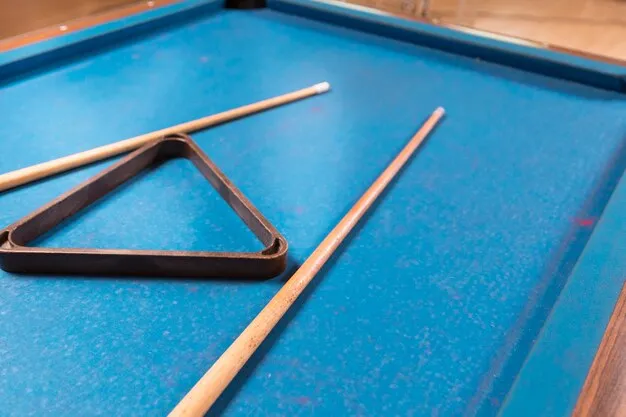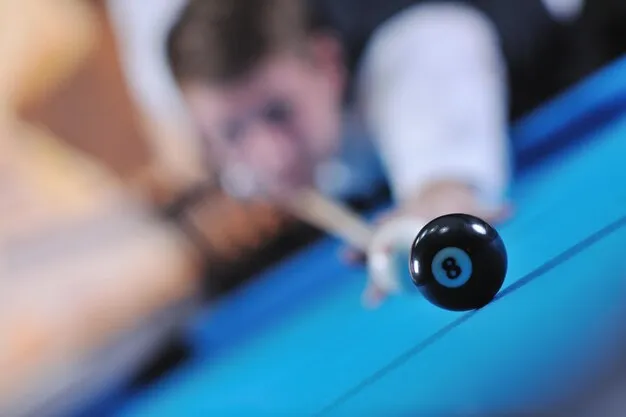The Surprising History of Pool Cue Lengths
Introduction
When it comes to the game of pool, every detail counts. From the smoothness of the table to the precision of the player’s aim, each element contributes to the overall experience. One seemingly overlooked aspect that holds more significance than meets the eye is the length of the pool cue. The length of a cue may seem like a minor detail, but it can profoundly impact a player’s game. In this article, we will delve into the surprising history of pool cue lengths, exploring their early origins, evolution over time, cultural impact, technological advancements, modern standards, and the enduring legacy they have on the game.
Early Days: Origins of Varying Cue Lengths
The origins of cue lengths can be traced back to the early days of cue sports. In the 15th century, billiards, a precursor to modern pool, gained popularity among the aristocracy in Europe. During this time, cues were typically crafted to be short and unwieldy. The rationale behind these shorter cues was that they allowed players to have better control over the ball due to the limited range of movement. However, as the game evolved and became more accessible to a wider audience, cue lengths began to vary.
Evolution: Changes in Cue Length Over Time
As the game of billiards spread throughout Europe and beyond, the length of pool cues underwent a transformative journey. In the 19th century, cue lengths started to increase, influenced by advancements in cue-making techniques and the changing playing styles of the era. Players sought cues that allowed for more powerful strokes and increased reach. Cue lengths gradually extended, providing players with greater control and precision on the table.
Cultural Impact: Cue Length Preferences Around the World
Interestingly, different regions developed their own preferences for cue lengths. In the United States, for example, longer cues with a standard length of 58 inches became the norm. This preference for longer cues can be attributed to the influence of pool halls, where players often encounter larger tables. On the other hand, in England, where snooker gained popularity, cues with a typical length of 57 inches are commonly used. The cultural impact on cue length preferences highlights the nuances and unique characteristics of each cue sport within different regions.
Technological Advancements: Influence on Cue Lengths
As time progressed, technological advancements in cue manufacturing began to impact cue lengths. With the introduction of new materials, such as fiberglass and carbon fiber, cues could be made lighter and stiffer, enabling players to exert more power while maintaining control. These advancements contributed to the evolution of cue lengths, allowing players to customize cues to suit their individual playing style. Some players opted for shorter cues to enhance their maneuverability, while others favored longer cues for enhanced accuracy.
Modern Standards: Current Trends in Cue Length
In the modern era, cue lengths continue to evolve and vary based on personal preferences and playing styles. While a standard cue length of 58 inches remains popular, there is a growing trend towards shorter cues for more finesse-based shots. In recent years, cues ranging from 52 to 57 inches have gained popularity among players seeking greater control and maneuverability. These variations in cue length reflect the dynamic nature of the game and the constant quest for improved performance.
Conclusion: The Enduring Legacy of Pool Cues
In conclusion, the history of pool cue lengths reveals a range of surprising insights. From their humble beginnings as short and unwieldy instruments to the diverse array of lengths seen in cue sports today, cue lengths have undergone significant change. Cultural preferences, technological advancements, and evolving playing styles have all contributed to the evolution of cue lengths over time. As the game continues to evolve, so too will cue lengths, as players explore new possibilities and push the boundaries of the game. So, next time you pick up a pool cue, take a moment to appreciate its fascinating history and the impact it can have on your game.




